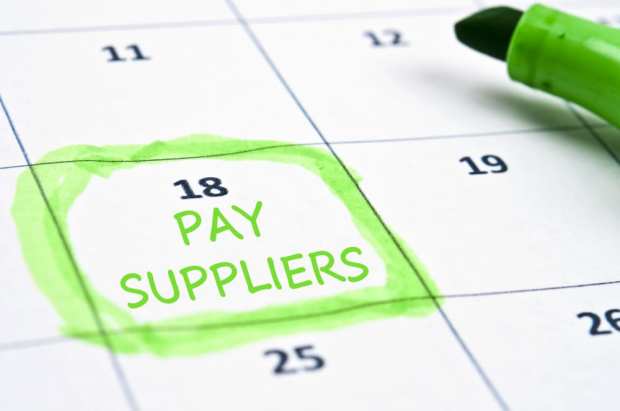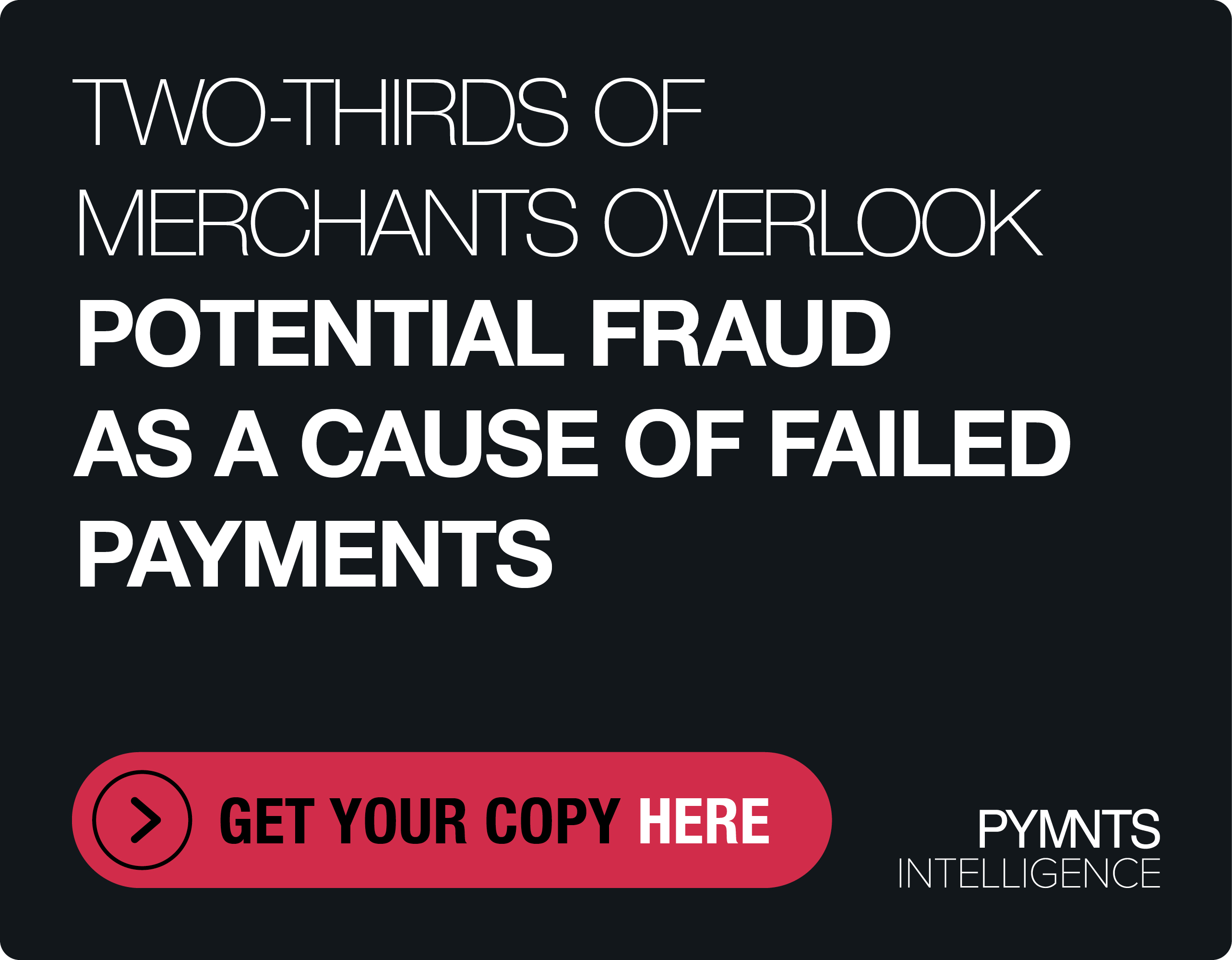B2B Payment Innovations Keep Suppliers In Mind

This week, Mastercard announced plans to modernize its B2B payment ecosystem with Mastercard Track. The Mastercard Track Business Payment Service is said to be the first global open-loop commercial service created to automate payments between the world’s buyers and suppliers.
Despite efforts to move away from paper-based payments, it’s a known fact that checks are still the most popular way businesses pay each other. Bento for Business estimates that the U.S. small business market (SMB) will reach $9 trillion by 2020, but also notes that 80 percent of SMBs still use paper checks to make payments.
It’s not as if firms lack interest in improving the speed of B2B payments. A majority (55 percent) of corporate professionals identified real-time payments as their top B2B payment service priority, according to the Real-Time Payments Innovation Playbook.
Real-time and other emerging payments systems are getting increased attention, as nearly half of corporates are using or interested in using new payment services, according to Bottomline Technologies’ research. Among these new services, the top focus is real-time payments (55 percent), followed by same-day ACH (44 percent).
With innovation comes new challenges. The latest Securing B2B Payments Report shines a light on risk and security issues.
Security vs. Friction
Losses from fraud were estimated to hit $4.2 trillion last year, which means businesses need to balance keeping payments secure while still delivering a seamless payment experience.
It’s no wonder security features were the most in-demand feature by 28 percent of corporates for B2B mobile solutions, according to Bottomline.
PYMNTS’ Payments 2022 Playbook found that 60.8 percent of digital platforms say false positives are a major payment friction point, and more than 30 percent identified them as their top challenge. They often result in declined corporate card transactions and delayed invoice processing, which can lead to payment delays that ultimately harm buyer-supplier relationships.
In June, consulting firm CGI and invoice payment solutions provider Ordo announced a collaboration to make invoice processing more efficient and secure for both sides of a transaction. Also, identity verification solutions provider GIACT Systems debuted plans to work with data analytics firm Equifax to launch a new platform to analyze customer identity and behavioral data to better assess fraud risks.
B2B Payments Across Industries
B2B payments might conjure up stereotypical images of white-collar workers, but such payments transcend tradition. Payment flows and delays are a challenge for a range of sectors, including construction, utilities, real estate, trucking and more.
In an interview with PYMNTS, Karin Rush and Linnet Phoenix of DPR Construction explained how virtual and purchasing card technologies keep cash flowing between its network of subcontractors.
DPR’s vendors are presented with the option to receive payment via virtual cards once they complete the onboarding process. The feature has proven popular, as approximately 30 to 40 percent of the company’s vendors opt in.
The real estate market also recently saw innovations. Yardi, a FinTech company, now supports Mastercard virtual card payments, allowing property managers to boost the automation and efficiency of their vendor payment processes.
Property management platform InventoryBase added a Workstreams feature for B2B clients that enables managers to submit inspection jobs, select vendors and pay suppliers through the platform.
The Future of B2B Payments
B2B payments are in a transitional period. According to the B2B Payments Tipping Point report, 34 percent of companies say their use of ePayables, including virtual cards, will increase in the next three years.
In an interview with PYMNTS, Kevin Phalen, the global head of Visa Business Solutions, explained how many of the significant changes in B2B payments have been driven by looking beyond the corporate payer and focusing on suppliers as well.
This is evidenced by efforts to improve cash flow via virtual and purchasing cards and other innovations for a broader swath of industries.
“If you look at checks, ACH, wires or card-based payments, we in the industry were heavily focused on delivering solutions for the buy-side, which I think is critical,” Phalen said. “But just as importantly, we have to solve for the supply-side as well.”
